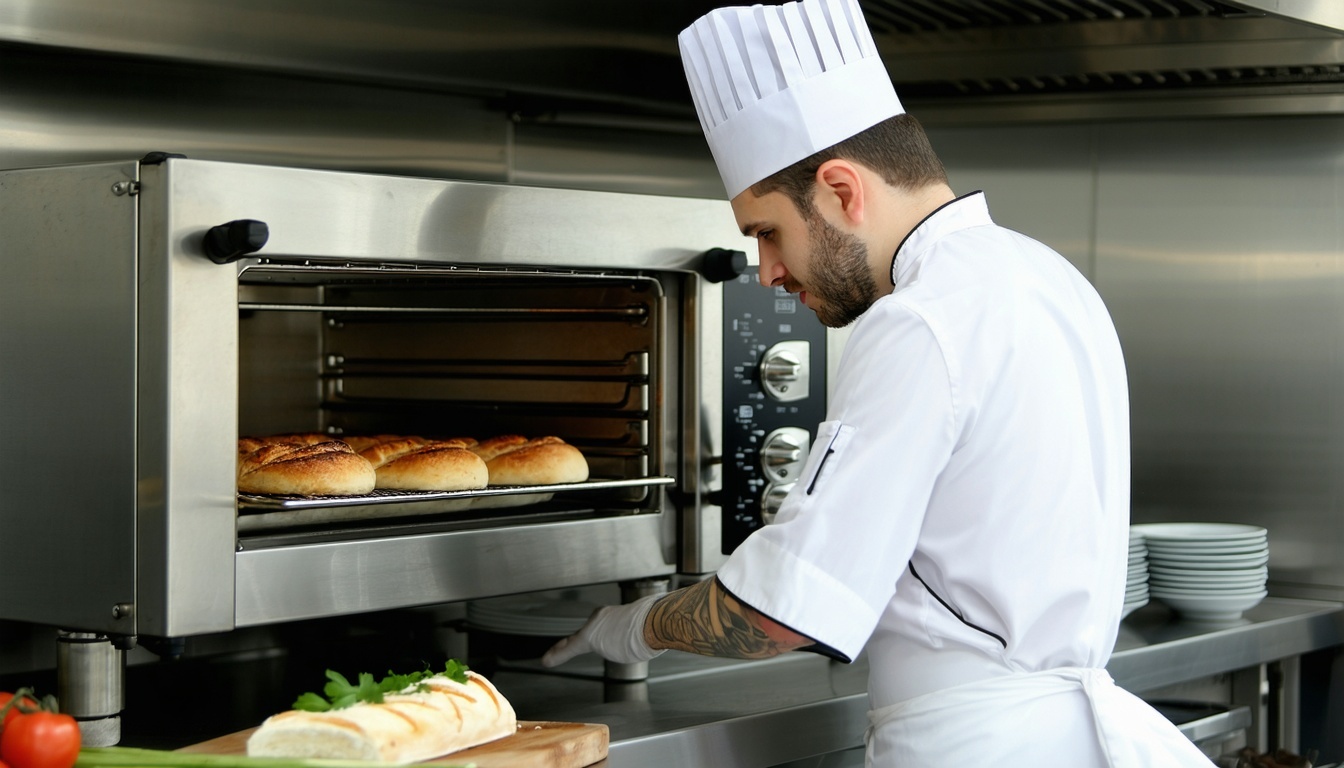How to Finance Commercial Ovens and Cooking Equipment for Your Restaurant
Outfitting a commercial kitchen is one of the largest startup or expansion costs for a restaurant—and ovens, grills, fryers, and prep stations don’t come cheap. The good news? You don’t have to pay for everything upfront. With smart equipment financing, you can get the commercial ovens and cooking gear you need while preserving your working capital.
✅ Featured Snippet Answer:
How do I finance commercial ovens and restaurant kitchen equipment?
You can finance restaurant equipment through loans, leases, or equipment financing agreements, which offer fixed payments over time and flexible ownership options.
1. Why Financing Makes Sense for Restaurant Equipment
Purchasing commercial kitchen equipment outright can cost anywhere from $50,000 to $150,000—just for the essentials. Financing allows you to:
-
Conserve cash flow for staffing, inventory, and marketing
-
Get the equipment now instead of waiting to save
-
Choose ownership or lease flexibility based on your business model
-
Deduct payments as a business expense in many cases
Related: Restaurant Equipment Financing: Kitchens, Ovens, and More
2. What Restaurant Equipment Can Be Financed?
You can finance nearly any commercial-grade kitchen appliance, including:
-
Convection and combi ovens
-
Ranges and flat-top grills
-
Fryers and steamers
-
Refrigeration and prep tables
-
Exhaust hoods and fire suppression systems
-
Dishwashers and sanitation stations
-
Point-of-sale (POS) systems and back-of-house tech
Tip: Some providers also include delivery, installation, and warranty options in the financing package.
3. Top Financing Options for Restaurant Equipment
Here are the most common financing structures:
🍳 Equipment Lease
-
Low upfront cost
-
Flexible end-of-term options (return, renew, or buy)
-
Great for short-term needs or tech that evolves quickly
🧾 Equipment Loan
-
You own the equipment from day one
-
Fixed interest rates and payment terms
-
Ideal for long-life equipment like ovens or walk-ins
💳 Restaurant-Specific Financing Programs
-
Offered by vendors or lenders that specialize in the food industry
-
May include bundled equipment + maintenance packages
-
Often have relaxed credit requirements
4. How to Qualify for Restaurant Equipment Financing
Every lender is different, but most will ask for:
-
Business license or LLC documentation
-
Equipment quote or invoice
-
3–6 months of bank statements
-
Credit score (typically 600+)
-
Time in business (startups may still qualify!)
Pro tip: A detailed business plan can help secure approval if you’re a new restaurant.
5. What to Consider Before Financing Kitchen Equipment
Before signing, evaluate:
-
Lease vs. loan structure – Do you want ownership or flexibility?
-
Total cost of financing – Understand interest rates, fees, and buyout terms
-
Maintenance and warranty coverage – Who pays if something breaks?
-
End-of-term options – Can you upgrade or return old equipment?
Related: What to Consider Before Signing an Equipment Lease Agreement
6. Sample Cost Breakdown
Here’s a sample estimate for outfitting a small commercial kitchen:
| Item | Cost |
|---|---|
| Convection Oven | $6,000 |
| Flat-top Grill | $4,500 |
| Deep Fryer (2 baskets) | $3,800 |
| Refrigerator & Prep Table | $5,200 |
| Exhaust Hood & Suppression | $8,000 |
| Total | $27,500 |
-
48-month lease
-
Monthly payment: ~$625
-
Buyout option: $1 or FMV
Summary: 6 Key Steps to Finance Restaurant Equipment (Snippet Optimized)
-
Decide if you want to lease or own
-
Identify which kitchen equipment you need
-
Get quotes and compare financing terms
-
Prepare your business documents
-
Apply with a restaurant-friendly lender
-
Review the contract and maintenance terms
Final Thoughts: Cook Smarter, Not Harder
Financing your commercial ovens and kitchen equipment allows you to launch or expand your restaurant with less financial pressure. It’s a strategic move that aligns your expenses with your growth—without sacrificing quality or performance.











